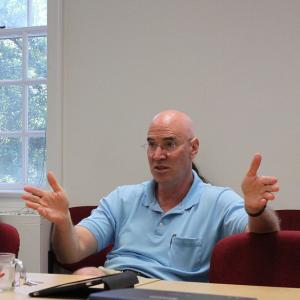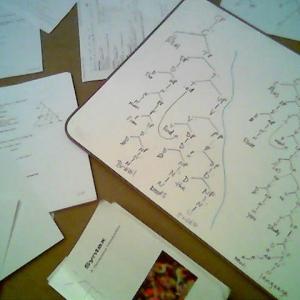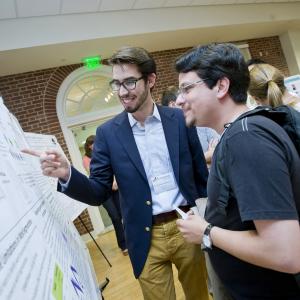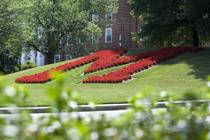LING Colloquium: Asia Pietraszko (Rochester)
Zoom: https://umd.zoom.us/j/7141237857
Syntactic structure building: lessons from periphrasis
Abstract: Traditional approaches to verbal periphrasis (compound tenses) treat auxiliary verbs (be/have) as lexical items that enter syntactic derivation like any other lexical item, i.e. via the operation Merge. An alternative view that has received much attention in recent years is that auxiliary verbs are not base-generated but rather Inserted in a previously built structure (i.a. Bach 1967; Embick 2000; Arregi 2000; Cowper 2010; Bjorkman 2011; Arregi and Klecha 2015). Evidence for the Insertion approach to periphrasis constitutes an argument for a separate structure-building operation, Insertion. I argue in this talk that a theory with just one structure-building operation, Merge, can be maintained. A distinct operation is not necessary to account for the last-resort nature of periphrasis that motivated the Insertion approach. The proposed Cyclic Selection account (Pietraszko 2017, 2020) is shown to be both empirically adequate and well-grounded in current syntactic theory: the merge of auxiliary verbs is the Merge-counterpart of cyclic Agree (Béjar and Rezac 2009) and the external-Merge-counterpart of long head movement (i.a. Koopman 1984, Lema and Rivero 1990, Vicente 2007).












